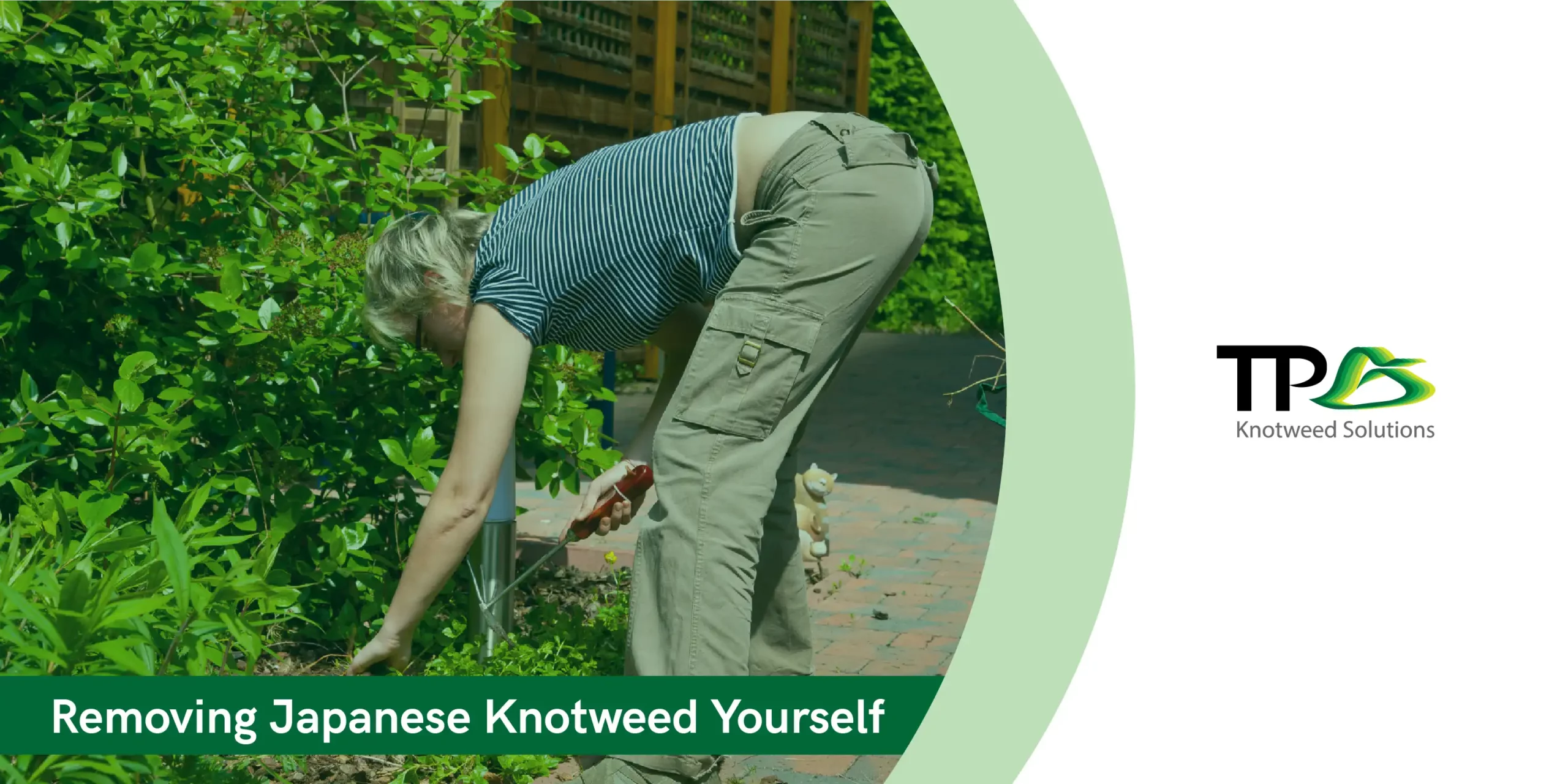Why has Japanese knotweed appeared in my garden?
Japanese knotweed is one of those plants that can feel like it’s appeared out of thin air. One day your garden is clear, and the next, there’s a patch of this invasive plant threatening to take over. But rest assured, there are reasons behind its sudden appearance. Let’s dive into the most common causes:- Spread through Soil Movement: One of the most common ways Japanese knotweed finds its way into gardens is through the movement of contaminated soil. If you’ve recently had soil, compost, or even gravel delivered, it’s possible that the material contained tiny fragments of knotweed rhizomes (the plant’s underground stems). These fragments are incredibly resilient; even a small piece can develop into a full-blown infestation over time. Contractors, landscapers, or even well-meaning neighbours might unknowingly transport contaminated soil into your garden.
- Nearby Infestations: Japanese knotweed doesn’t respect boundaries. If there’s an infestation in a nearby garden, park, or empty plot of land, it can spread to your property through its extensive underground rhizome system. These rhizomes can grow horizontally beneath the soil, sometimes extending as far as 7 meters from the original plant. This means that even if the visible part of the knotweed is a considerable distance from your garden, the roots can still reach your property, where they may start to grow.
- Waterways: If your garden is close to a river, stream, or any body of water, Japanese knotweed can be transported via water flow. The plant’s fragments can break off and be carried downstream, eventually lodging in a new location where they can take root. Gardens located in floodplains or near water sources are particularly vulnerable to this method of spread, as knotweed thrives in moist environments.
- Human Activity: Knotweed is notorious for spreading through accidental human activity. It can cling to garden tools, footwear, or vehicle tyres, and if these items are used in different locations, they can inadvertently spread knotweed to new areas. For example, if you’ve recently worked on a property with knotweed and then used the same tools in your garden without cleaning them, you could have transported knotweed rhizomes or seeds to your home. Similarly, if you’ve walked through an area with knotweed, fragments can hitch a ride on your shoes.
- Fly-tipping: Illegal dumping, known as fly-tipping, is another unfortunate way that knotweed can appear in your garden. If someone dumps contaminated soil, garden waste, or building materials near your property, it can introduce knotweed to your garden without you even knowing. This illegal practice is not only harmful to the environment but can also lead to significant problems for homeowners who unknowingly inherit a knotweed infestation.
- Natural Spread: While less common, knotweed can also spread naturally through wind or animals. Small fragments or seeds can be carried by the wind or by animals moving through infested areas. Though Japanese knotweed primarily spreads through its roots, these other methods can also contribute to its spread under the right conditions.
How to Prevent Japanese Knotweed from Spreading
Once you’ve spotted Japanese knotweed in your garden, it’s crucial to act quickly and decisively. This invasive plant is notorious for its ability to spread rapidly, and without proper management, it can quickly take over large areas, causing damage to your property and potentially even affecting the value of your home. Here’s a deeper dive into practical steps you can take to prevent the spread of Japanese knotweed:- Avoid Disturbing the Soil: One of the biggest mistakes people make when dealing with Japanese knotweed is trying to dig it up or cut it down without understanding how the plant spreads. Knotweed primarily spreads through its rhizomes, which are underground stems that can grow into new plants if disturbed. If you cut or break these rhizomes, even tiny fragments left in the soil can regenerate into new growth. Instead of attempting to remove the plant yourself, consider contacting a professional who can handle it with the care and expertise needed to avoid further spread.
- Create Physical Barriers: To contain Japanese knotweed and prevent it from spreading to other areas of your garden or neighbouring properties, installing a root barrier is an effective strategy. These barriers are typically made from heavy-duty plastic or metal and should be buried vertically around the affected area. The barrier should extend at least 2 meters deep and rise above the surface to ensure the rhizomes cannot grow under or over it. This method is particularly useful if the knotweed is near property boundaries, as it helps prevent the roots from encroaching on adjacent land.
- Regular Monitoring and Maintenance: Japanese knotweed can grow rapidly, so keeping a close eye on the affected area is essential. Conduct regular inspections of your garden, especially during the growing season (spring through autumn), to spot any new shoots as soon as they emerge. If you notice new growth, take immediate action to prevent it from spreading further. Consistent monitoring will help you stay on top of the situation and catch any resurgence before it becomes a larger problem.
- Safe Disposal of Knotweed Material: One of the most critical aspects of preventing the spread of Japanese knotweed is the proper disposal of any plant material. Never compost knotweed, as the plant’s rhizomes and stems can survive and thrive in compost, leading to further spread. Instead, all knotweed material should be carefully bagged and disposed of at a licensed waste facility. Alternatively, some professional removal services offer to take care of the disposal for you, ensuring that the plant is handled in a way that prevents further contamination. Be sure to follow local regulations regarding the disposal of invasive species, as improper disposal can lead to significant fines.
- Seek Professional Help: Japanese knotweed is notoriously difficult to eradicate completely, and attempting to manage it on your own can often lead to more problems down the line. Professional knotweed removal services have the experience, tools, and treatments needed to effectively control and remove the plant. They can assess the severity of the infestation, develop a tailored management plan, and apply treatments that are both effective and compliant with legal requirements. Additionally, if you plan to sell your property, having documentation of professional knotweed treatment can be crucial in maintaining the value of your home.
- Legal Considerations: In the UK, it’s not illegal to have Japanese knotweed on your property, but you are legally obligated to prevent it from spreading to neighbouring properties. Failure to control the spread of knotweed can result in legal action, including fines or court orders. Understanding your responsibilities and taking proactive steps to manage knotweed is essential to avoid potential legal issues. If you’re unsure about the regulations, consulting with a professional or your local council can provide clarity.
- Educate Yourself and Your Neighbors: The more you know about Japanese knotweed, the better equipped you’ll be to prevent its spread. Share information with your neighbours, especially if there’s a knotweed problem in your area. Working together can help contain and manage the plant more effectively. Community awareness can also reduce the chances of unintentional spread through activities like gardening or construction work.



